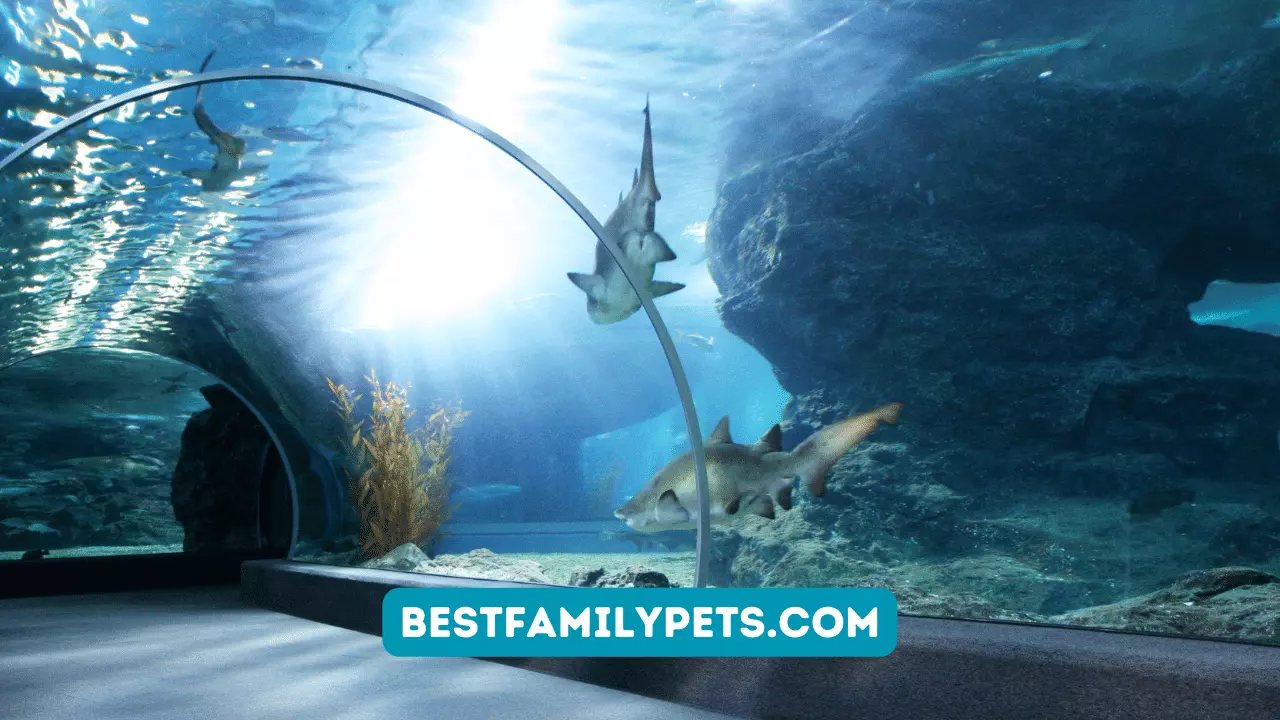Aquarium Sand: Which Is the Best of 2023?
Looking for the best aquarium sand of 2023? Our expert guide compares top brands and helps you choose the perfect substrate for your tank.
If you are wondering how to choose the most suitable aquarium sand, here is a guide that will help you know the different types of sand that there are and which you should decide on. The fish tank or aquarium becomes a small piece of the world, an ecosystem that you must take care of in detail so that its inhabitants are healthy and happy.
With the sand for aquariums, what we achieve is to create that feeling of “home” for fish and plants, making the tank more natural and in line with reality. It is also one more element to decorate the aquarium and that is why we can choose colored sand, or between various materials. Review all the options with us!
The most important
- In aquariums, the most used sand is white, but in shrimp, or with some specific fish species, a different sand is much better to highlight the color of the small inhabitants of the fish tank. And there is a good batch of types of aquarium sand on the market.
- By adding sand as a way to enhance the aesthetics of the aquarium, in addition to adding a plus to its decoration, we are also improving the health of its inhabitants.
- We are going to choose the best sand for aquariums based on factors such as the size of the aquarium or whether it is fresh or salt water, the types of fish or the end result we are looking for: a simple, thematic or more decorated aquarium.
The best aquarium sands on the market: our favorites
Whether you are just starting out in the world of fish tanks and aquariums, or if you are already an expert in the field, here is a selection of the best aquarium sands that you can find on Amazon and buy comfortably from home. Take a look at these five interesting proposals with their characteristics!
- Online shoppers’ favorite aquarium sand
- The best sand for glass aquariums
- The best sand for gravel-type aquariums
- The most natural aquarium sand
- The best white sand for marine aquariums
Online shoppers’ favorite aquarium sand
First place goes to this best-selling Croci sand. It is a type of ultra-fine white aquarium sand. It is not toxic and does not release carbons. It is natural white sand with a diameter of less than 1 millimeter (mm) that is sold in bags of 10 kilos (kg) at a very competitive price.
The best sand for glass aquariums
Aquariaglass has this high quality recycled glass sand recommended to cover the bottom of an aquarium, fish tank, pond or terrarium. It is an inert substrate made in Spain, free of dyes, that does not lose color. A sand that is safe and harmless for fish and does not present impurities.
We found this item available in various colors and sold in 2 kg bags. It is a 100% reusable product that does not alter the parameters of the water and does not clog either, reducing the formation of anaerobic bacteria and algae compared to silica sands. Provides a clean and attractive appearance to the aquarium.
The best sand for gravel-type aquariums
This black aquarium sand is ranked number three among the best sellers on Amazon. Perfect base material for freshwater aquariums sold in 5 kg bags. The size of the sand (granulometry) is between 0.7 and 1.2 mm.
The most natural aquarium sand
A popular type of silica aquarium sand. Sold in bulk, so the more sand, the greater the savings, and it is shipped in a zip bag . Does not fade over time. It is totally natural and does not alter the parameters of the water. Ideal for landscaping and aquarium decoration.
The best white sand for marine aquariums
Finally, wanting to talk a little about all the types, we close the Ranking with a sand option that is only valid for a marine aquarium. This product is made in Germany and is available on Amazon in various sizes: 8 and 25 kilo bags.
Shopping Guide: Everything You Should Know About Aquarium Sand

Each aquarium is different and only you can choose the aquarium sand that best suits yours and your tastes. We are going to see the advantages of placing sand in a fish tank (you will rarely have seen an aquarium without it), in addition to the aesthetics, the different types that you will find in the market or how it is cleaned once placed.
What is aquarium sand and what are its advantages?
Aquarium sand is the set of millimeter rock made of different materials whose size varies between 0.02 and 2 mm. In other words: it is the inert substrate of the aquarium with the smallest granulometry (smaller grain size). It is a decorative substrate suitable for all types of aquariums and terrariums, which can be white, black or other colors.
Some of the advantages of placing aquarium sand in your fish tank are:
- The variety of colors allows the aquarium to be fully personalized without damaging the health of the fish or plants. The sand provides a very natural touch and is a perfect decorative complement that helps create the feeling of a river or sea bottom.
- They are not toxic and do not discolor. They also have great durability.
- Aquarium sand is very easy to clean, inside the aquarium itself.
- Contributes to the good health of the aquarium. Many of the beneficial bacteria for the nitrogen cycle are housed in the sand: nitrifying bacteria, which are responsible for eliminating and deteriorating the remains that reach the bottom.
Do I need gravel or sand for aquariums?
If you have been looking for sand for aquariums, you will have appeared the option of gravel or gravel. It is not the same although it may seem so. What is the difference between gravel and aquarium sand and which one do you need? The main difference is that aquarium gravels are an inert substrate with a granulometry greater than sand (with grains between 2 and 5 mm).
As for which is better, we opted for sand for several reasons: an aquarium with sand will be cleaner, waste does not penetrate it, while gravel or gravel will. In addition, with gravel, the fish run the risk of being able to swallow some rest unintentionally. Sand is therefore the best option, but the two can also be combined in the aquarium.
Is aquarium sand just decorative?
In general, all freshwater aquarium sands should be solely decorative, hence the wide range of colors and materials to choose from. If we want to incorporate plants, we must add a substrate rich in nutrients at the bottom. The sand is inert, it will not contribute anything to the growth of new plants.
If we add to this that when the sand has been in the aquarium for a while it tends to cake and prevents proper oxygenation, it is best to use it only for decoration and for areas where we are not going to plant. It can serve, as we have seen, to house nitrifying bacteria, and it will help maintain the stability of the water.
What types of aquarium sand are there according to the material?
There are different types of sand for aquariums, and we are going to see some of them now. The first distinction is based on the type of aquarium, and here we find from fine sand for freshwater aquariums to sand for marine aquariums. The material and the colors mark the other types of sand for aquariums, some more decorative than others. Look at the list!
- Quartz aquarium sand: A classic and one of the most used sand. Its color is very white, it brings a lot of light and generates a feeling of cleanliness and spaciousness. It is suitable for all types of aquariums and, being neutral, it does not alter the chemical composition of the water. Of course, some experts say that the white color “stuns” certain species of fish.
- Sand for coral aquariums: A sand obtained through the crushing of corals that provides naturalness to the aquarium substrate and is very decorative. It is especially suitable for marine aquariums. Due to its structure and composition, bacteria will appear quickly, helping to maintain a stable pH and facilitating the nitrogen cycle for better fish tank health.
- Glass aquarium sand: A type of colored sand designed to provide originality and contrast, especially with brightly colored fish or shrimp species. It is inert, so it does not modify the parameters of the water. It can be used in all types of freshwater or marine aquariums.
- Silica aquarium sand: For aquariums of all kinds. It is very fine and provides a very natural appearance, especially in this type of sand. Before putting it in the aquarium, it should be rinsed several times with water to remove all the dust it may contain.
- Reef Aquarium Sand: This sand is one of the best options for marine aquariums. It is a sand with a high content of essential elements for the aquarium, among which are coral remains. It has been collected in a pure natural environment and helps to maintain the stability of the ideal parameters of the water in the aquarium: pH, salinity or alkalinity, among others.
What types of aquarium sand are there according to thickness and color?
According to the thickness of the sand, we can make another classification. Also because of the coloration: there are blue, yellow, black, pink, green, gray, brown or mixed sands for aquariums. But, in terms of thickness, we mainly distinguish three types: Below we collect them for you along with their measurements.
- Coarse sands. From 2mm to 5mm. They are already gravel or gravel.
- Middle sands. From 0.5mm to 2mm.
- Fine sands. From 0.02mm to 0.5mm.
How to choose the best sand for aquariums?
Aquarium sand that is totally inert can be used in all types of aquariums, but it should be noted that some are only suitable for seafarers. Experts assure that it is recommended that the sand for fish tanks be as fine as possible and of not very light colors, if possible dark. But as we say, each aquarium is a world.
Another recommendation is to avoid sand with a calcareous composition (with a high percentage of calcium carbonate) and opt for silica or inert sand. And, of course, you have to observe the behavior of the fish. The decoration should create a stable and pleasant environment for the fauna and flora of the aquarium and, if the sand or the color does not like them, it can cause stress.
How to clean sand for aquariums?

As you already know, cleaning an aquarium takes time and dedication. Your fish and plants deserve an optimal ecosystem, and to clean aquarium sand it is important to take into account a series of recommendations. The first, especially for silica sand, is that it must be cleaned with water, before placing it in the aquarium, to remove traces of dust.
From there, the sand is cleaned inside the aquarium itself and it will be necessary to do it on a regular basis, for example, with water changes. This is done with the help of an aquarium siphon, with which debris and dirt are sucked up. With a safe distance you can siphon without having to lift the sand, which will not move.
The sand or gravel, after time in the tank, harbors a large number of good and useful bacteria that are beneficial to the aquarium’s health. If we take the sand out of the fish tank and rinse it in buckets, we will be eliminating these bacteria and damaging the aquarium’s ecosystem.
Purchase criteria
As you have seen, in an aquarium you have to take care of every detail and, most importantly, think about your fish and plants, as well as their well-being. To be successful with the purchase of aquarium sand, we now summarize some of the main factors that you should take into account. Don’t get carried away by the price alone, sometimes it pays to spend a little more!
- Aquarium type
- Sand quantity
- Sand thickness
- Cleaning the sand
- User Ratings
Aquarium type
There are different types of sand for aquariums and, while some are suitable for all types of aquariums, others are specific for setting up marine aquariums. These sands are a little more expensive than inert ones, and it is because their origin is the marine substrate or because they are obtained from materials such as corals.
If you are setting up a marine aquarium and you want it to be very natural, the logical thing to do is choose sands that are especially suitable for marine aquariums. If your aquarium is freshwater, you have more variety to choose from and you can play with colors and textures. How do you want the final result of the aquarium to be? With sand of various colors you can even create “paths” or “roads”.
Sand quantity
How much aquarium sand do I need to buy? To calculate this data you need to multiply the length by the width of the aquarium by the depth you want to give to the sand layer, all in centimeters, and divide by 1000. For example, in an aquarium of 25 cm x 25 cm x 3.5 cm of sand / gravel height desired, we will need 2 kg of sand.
Sand thickness
As we have seen, the thickness of the sand is also important. There are from very fine sand to gravel or gravel. As a detail that you must take into account, in freshwater aquariums it is recommended that the sand be fine and, in marine aquariums, it is much better that it be thicker. This is so that when it reacts with the salt, excess nitrate is not created.
Cleaning the sand
The aquarium sand will be very easy to clean, vacuuming inside the aquarium once it is placed. When buying it, do not forget the manufacturers’ recommendation, especially applied to silica sand: “for use, rinse with water before putting it in the aquarium to remove residual dust.” Rinse until no dust remains, and be patient!
User Ratings
If you have a friend or relative with an enviable and always perfect aquarium, ask what sand they use and they will surely know how to give you some advice. And, as we always recommend, if you have decided to buy aquarium sand online, take a look at the comments of other users who have bought that type of sand, it is always useful!
Summary
To end this article, we take the opportunity to remember that each aquarium, apart from being precious in that room of the house, is a small ecosystem in which fish and plants need the best water conditions and materials to live healthy and happy. An aquarium needs a lot of care, time and dedication.
If you are not going to have time to keep the fish tank or aquarium in good condition, it is better not to invest in it. Likewise, don’t choose your aquarium litter at random and take it easy on your selection. Which one will be better in the aquarium and which one will the fish like the most? You can ask why species of fish are especially sensitive to colors.
-

How Long Do Clownfish Live | A Complete Guide
-


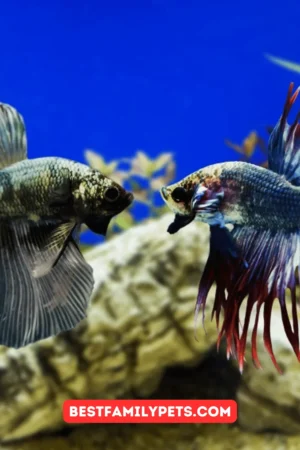
What Species Would Be the Best Betta Tank Mates?
-


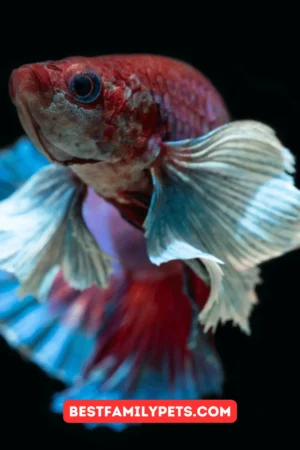
Discover the Unique Charm of Plakat Betta Fish: A Comprehensive Care Guide
-


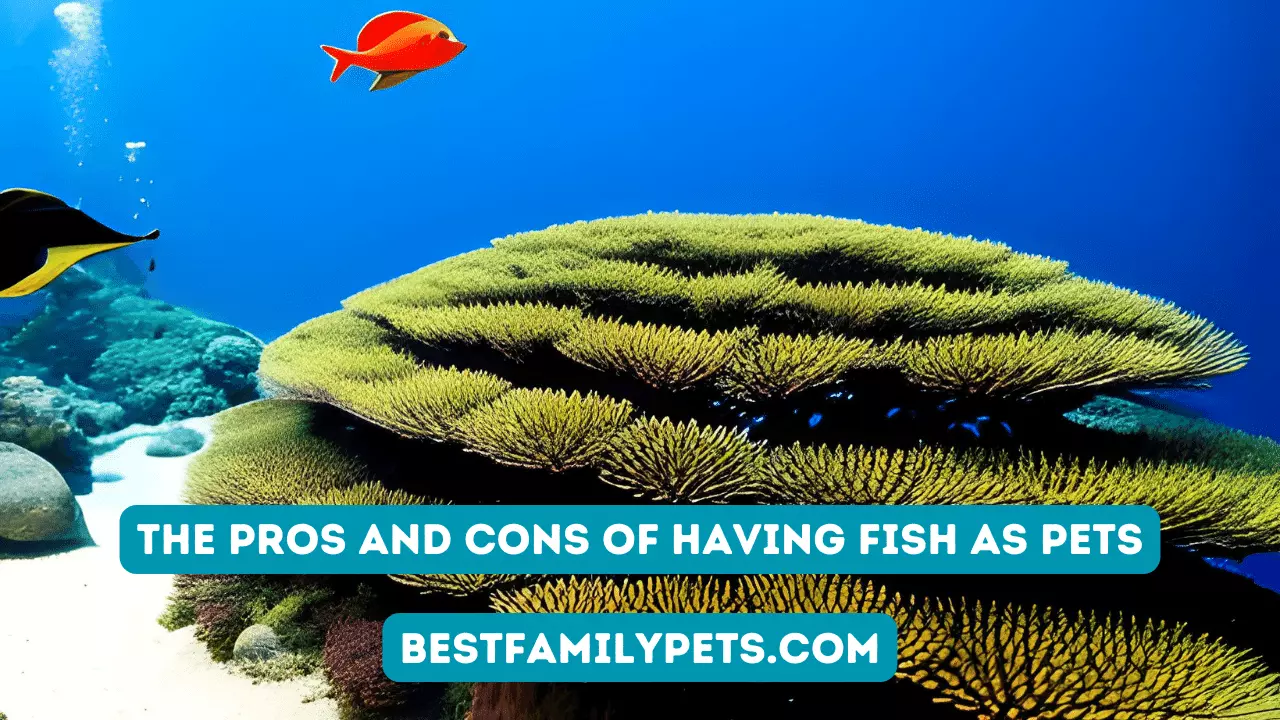
The Pros and Cons of Having Fish as Pets
-


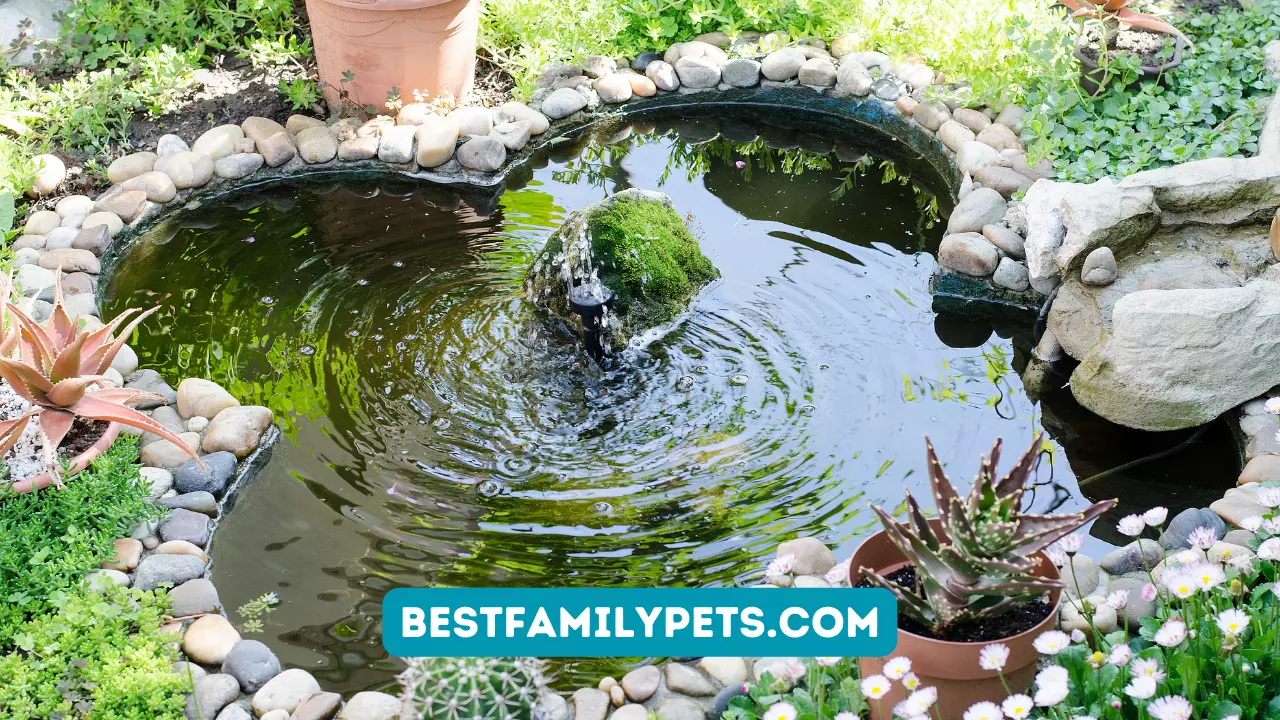
Keeping Fish in Your Garden, the Top Tips
-



The Role of Aquatic Plants in Your Garden Pond Ecosystem
-


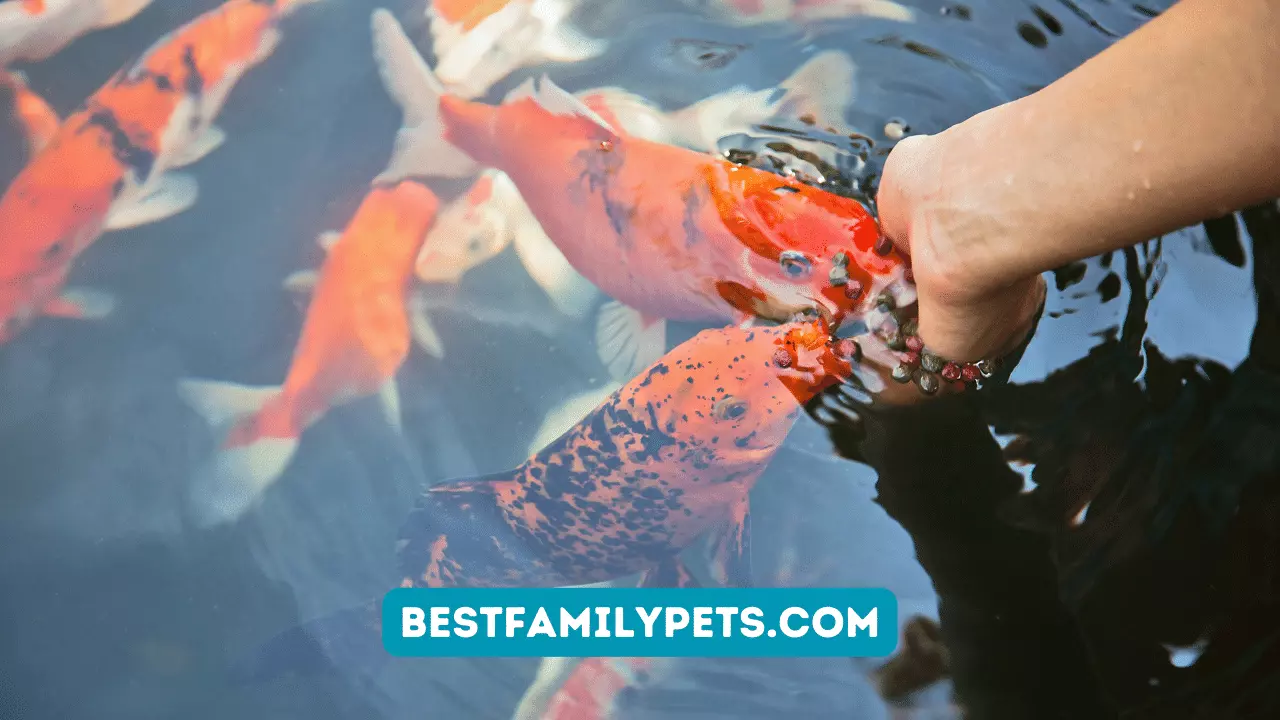
Common Problems to Avoid When Keeping Fish in Your Garden
-


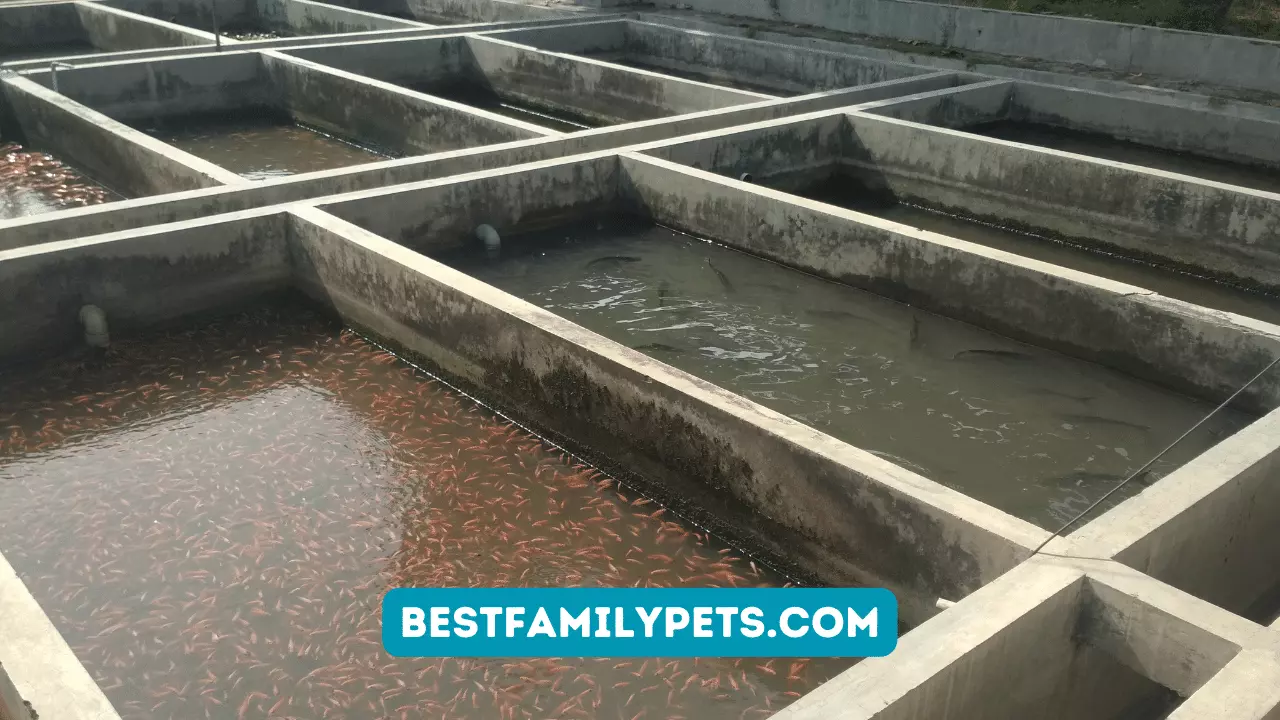
DIY Pond Building Tips for Beginners
-


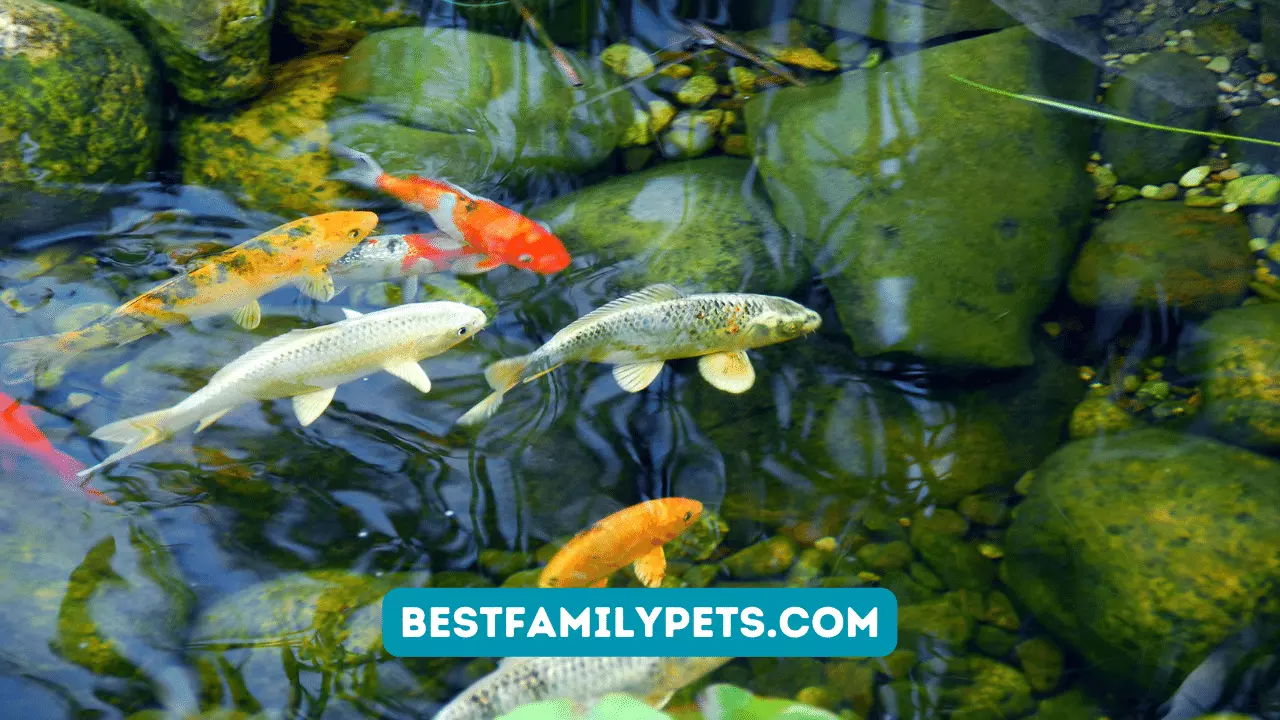
Choosing the Right Fish for Your Garden Pond
-


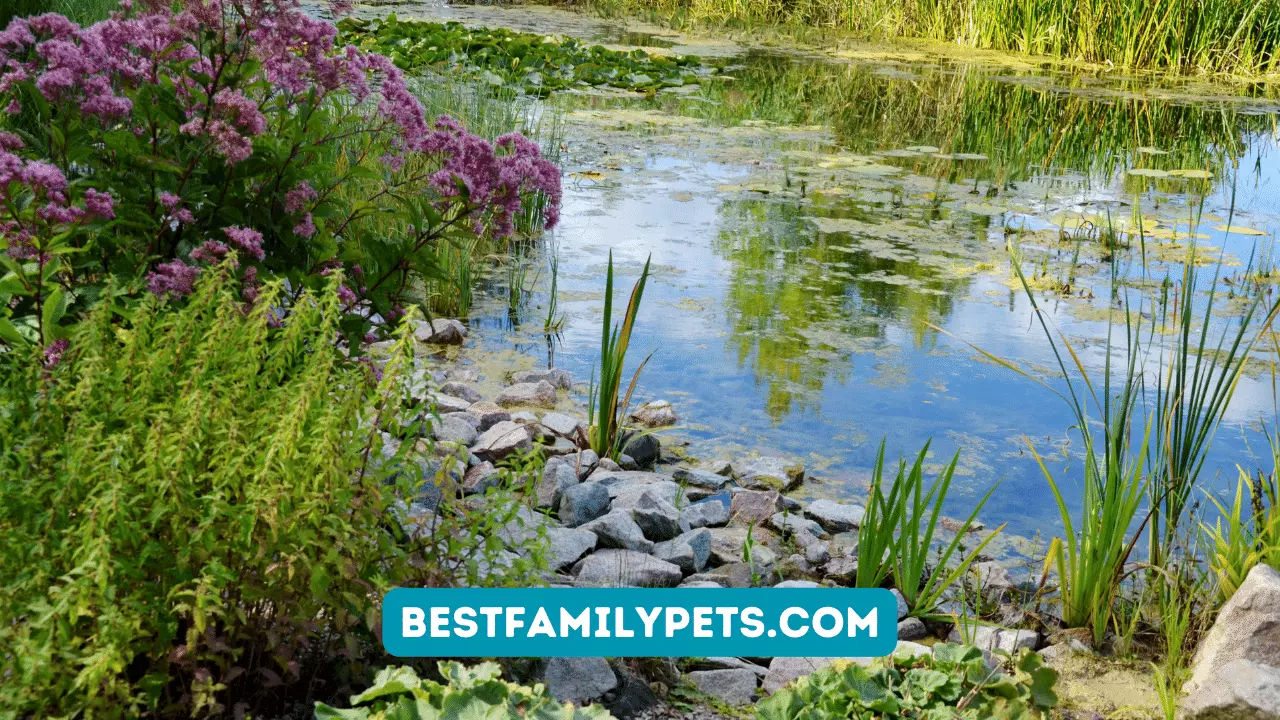
The Benefits of Having a Pond in Your Garden
-


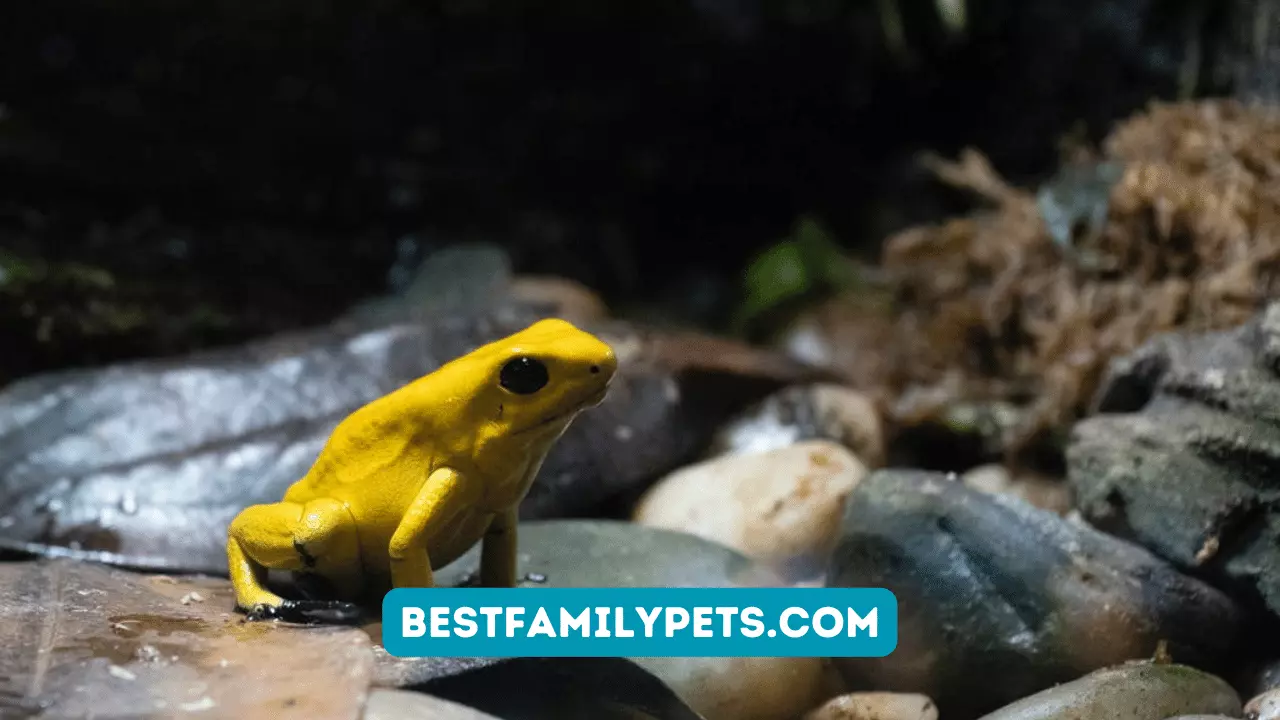
Dwarf Frogs in the Aquarium
-


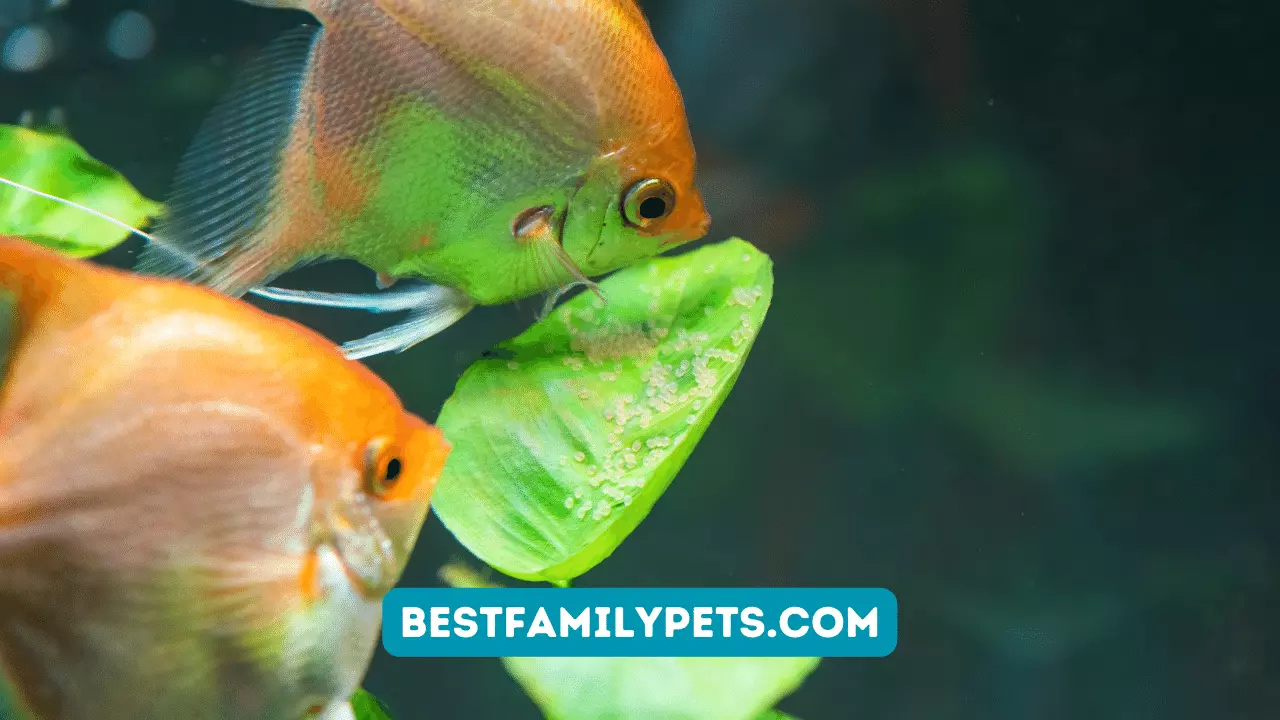
What Should You Know Before Keeping Fish?

